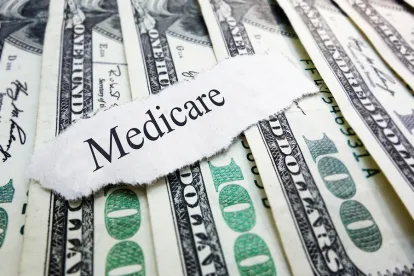On October 25, 2018, the Centers for Medicare and Medicaid Services (CMS) released an advance notice of proposed rulemaking (ANPRM) to solicit feedback on its newly proposed International Pricing Index (IPI) model for Medicare Part B drug reimbursement. The IPI model will be tested by the CMS Innovation Center as a potential means to dismantle and replace the current buy-and-bill model and advance the Trump Administration’s agenda for drug pricing reform, as described in its May 2018 Blueprint to Lower Drug Prices and Reduce Out-of-Pocket Costs. The framework of the IPI model is characterized by three components designed to achieve the following objectives:
-
Utilize private sector vendors to purchase and take title (but not necessarily possession) over single source drugs and biologicals (including biosimilars) and bill Medicare. The vendors would then have flexibility to offer a variety of delivery options to ordering physicians. This concept, which was inspired by Medicare Part D’s use of competing private-sector companies to facilitate the provision of Medicare-covered items and supplies, would leverage and improve upon the Competitive Acquisition Program (CAP) previously implemented in the mid-2000s.
-
Phase in, over a five-year period, a reduced Medicare payment for selected drugs based on a composite of international prices. CMS would reimburse vendors for drugs purchased from manufacturers based on international pricing (except where the ASP is lower), as benchmarked against more than a dozen other nations with economies comparable to the United States that have significantly lower acquisition costs for physician-administered drugs.
-
Replace the percentage-based Part B add-on payment (i.e., ASP+6% (ASP+4.3% post-sequestration)) with a set payment amount, which would be based on 6% of a Part B drug’s historical drug costs. Under the new model, physicians would continue to receive payment for drug administration. Because physicians would be obtaining drugs from vendors, and no longer assuming financial risk, the add-on payment would be decreased to remove physicians’ incentive to prescribe higher cost drugs but be calibrated to hold providers harmless to the extent possible.
CMS plans to issue a proposed rule fully describing the IPI model in Spring 2019, with the goal of testing the model over a five-year period, from Spring 2020 to Spring 2025. The IPI model would involve selected Part B-covered single source drugs and biologicals (including biosimilars) and would apply to all physician practices and hospital outpatient departments (HOPDs) in certain designated geographic areas. Providers, beneficiaries, and drugs not included in the model will remain under the current Medicare Part B reimbursement system.
The ANPRM signals the Administration’s determination to dramatically overhaul the Medicare Part B drug reimbursement system through a new competitive acquisition program based on international pricing that would seek to reduce government and beneficiary costs while keeping providers revenue neutral. While CMS appears committed to the general outlines of the IPI model, it has invited industry feedback on a wide range of matters pertaining to the configuration and details of each of the model’s components as well as certain quality measures that CMS will consider in assessing the impact of the model on beneficiary access and quality of care. Stakeholders have until December 31, 2018 to submit comments on the ANPRM.




 />i
/>i
